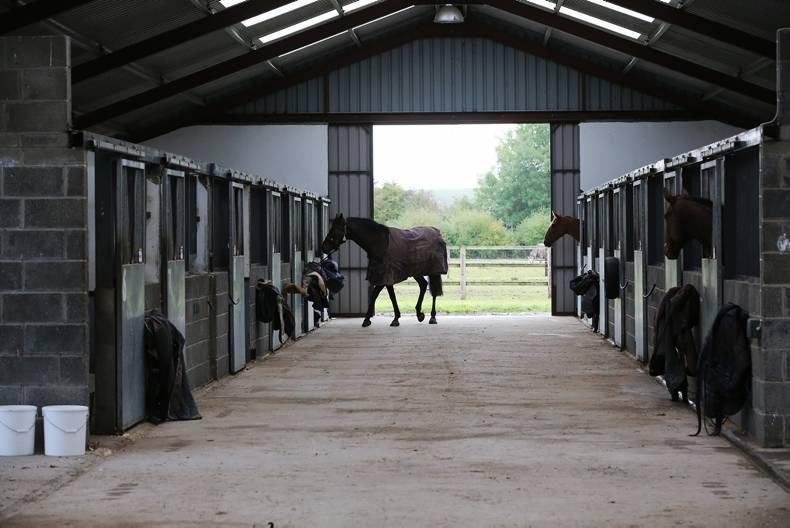SLEEP deprivation, although studied extensively in humans, is a condition not commonly acknowledged in horses. Yet it is one that can have significant impact on the health and well-being of your horse.
Joseph J. Bertone, Professor of equine medicine at Western University of Health Sciences, California, has documented over 423 cases of equine sleep deprivation in his career, collected both through the internet and in consultation.


 This is a subscriber-only article
This is a subscriber-only article
 It looks like you're browsing in private mode
It looks like you're browsing in private mode




SHARING OPTIONS: